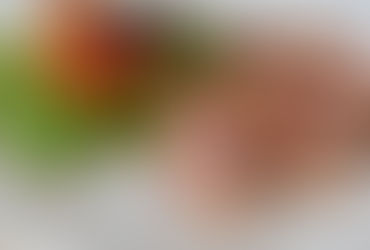Do you drink the right amount of water?
- Sabrina Wertzner
- 25 de set. de 2017
- 2 min de leitura
Or are you one of those who once heard that '1.5 liters is more than enough'???

We are facing a very long season without rain, and, with that, the humidity of the air drops a lot. We perspire and lose water in whatever activity we do, even through breathing.
It is already well known that water is the largest constituent of the human body (60%), participant in reactions as a solvent, as a carrier of nutrients and waste, as a thermoregulator through evaporation, as a lubricant in combination with viscous molecules (saliva, mucus, gastric secretion) and as an impact absorbent.
The volume of this liquid in our bodies is imperative for the cardiovascular, respiratory, digestive, reproductive, renal, hepatic, brain and peripheral nervous systems to function properly. Dehydration affects the function of these systems and is a potentially fatal condition.
We regulate the amount of water through the following factors:
1. Drinks and food we eat (water inlet) = between 1.5 and 2.5 liters;
2. Water produced by the oxidation of macronutrients (water inlet) = about 350 ml;
3. Urine and stool excreted (water outlet) = between 1.2 and 2.2 liters;
4. Skin sweating (water outlet) = about 450 ml;
5. Breathing (water outlet) = about 350 ml.
That is, theoretically, to be zero-to-zero, we need, on a sedentary day and at a moderate temperature of 20ºC, about 2.5 liters of water!
Check the table below for the basic recommendations specific to your age, proposed by the Institute of Medicine (2005):

But special conditions require more attention: physical exercise can cause the loss of water and electrolytes through sweat that can reach 2 liters/hour, depending on the intensity; children and the elderly are at risk because of their low perception of signs of dehydration; dry environments that use air conditioning reduce our perception.
Be aware of the recommendations and signs of dehydration shown by your body (thirst, concentrated urine, weakness, dizziness, etc.).
JÉQUIER, e; CONSTANT, F. Water as an essential nutrient: the physiological basis of hydration. European Journal Of Clinical Nutrition, [s.l.], v. 64, n. 2, p.115-123, 2 set. 2009. Springer Nature. http://dx.doi.org/10.1038/ejcn.2009.111.
Institute of Medicine. 2005. Dietary Reference Intakes for Water, Potassium, Sodium, Chloride, and Sulfate. Washington, DC: The National Academies Press. https://doi.org/10.17226/10925.










Comentários